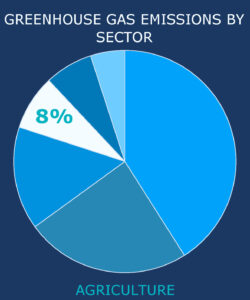Soil, trees, plants, and ecosystems like wetlands can play a vital role in carbon sequestration as part of California’s carbon neutrality goals. Natural and working lands can also be managed to reduce emissions from sectors like agricultural and livestock production. Nature-based solutions—including land-use measures, management of natural carbon sinks, and reductions in land-sector emissions—are a necessary component of California’s broader climate change strategy and offer substantial non-climate benefits as well, ranging from public health improvements to more equitable access to recreational opportunities and job creation. Despite these benefits, nature-based solutions often struggle to attract the capital necessary to bring projects to life. This report describes barriers to investment in nature-based climate solutions in California and presents actionable solutions to overcome those barriers.
